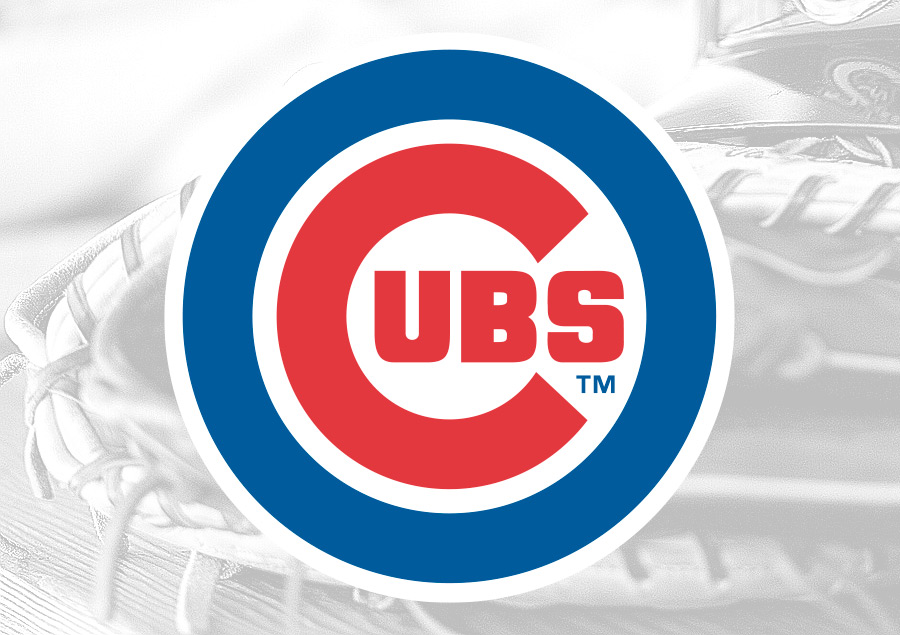Cubs’ Pete Crow-Armstrong Pleasantly Surprised By Trade


Pete Crow-Armstrong didn’t see it coming last summer.
Not only had the Mets drafted him 19th overall in 2020 out of high school, but Crow-Armstrong was just two-plus months into the rehab process after having surgery on his right shoulder.
The Cubs still made him a centerpiece of their rebuilding plan, acquiring Crow-Armstrong in the Javier Baez deal as team president Jed Hoyer unloaded some of the most popular players in Cubs franchise history at the trade deadline.
“Pure shock,” Crow-Armstrong said. “I had no idea what to think. I wasn’t excited until the next day, but what an organization to come to. I grew up a Cubs fan and a Javy fan, funny enough. And now that I’m here, it’s better than I ever thought.”
Crow-Armstrong, whose family has roots in Chicago, has been gearing up for what the Cubs hope will be a breakout season. After the trade—but before he was cleared to hit again—he spent a lot of time tracking pitches in the batting cage, getting a feel for the strike zone and making slight swing adjustments.
Crow-Armstrong has been a full participant in the organization’s offseason programs for top prospects, running around the Arizona facility with the speed and instincts that earned him the label of a potential Gold Glove center fielder.
Even with that injury, the Cubs felt comfortable trading for Crow-Armstrong because they had done background work before the 2020 draft. Granted, he wasn’t some under-the-radar prospect, given his high profile at Los Angels’ Harvard-Westlake High, the alma mater of Max Fried, Lucas Giolito and Jack Flaherty.
Crow-Armstrong appeared in six games for Low-A St. Lucie last season before injuring his shoulder. He went 10-for-24 (.417) with two doubles, two stolen bases, seven walks and six strikeouts.
Now, he has a chance to follow in the footsteps of Baez, Kris Bryant and Anthony Rizzo, there Cubs icons who were traded at the 2021 deadline.
CUBBYHOLE
— The expected addition of the universal DH should improve Owen Caissie’s long-term outlook in Chicago. The 19-year-old outfielder topped at Low-A last season and has a long development path in front of him, but it’s realistic to think that he could be in the majors by 2025. While there were multiple reasons why the Cubs traded sluggers like Jorge Soler and Eloy Jimenez—primarily a need for more pitching—there was also a recognition that their games would fit better with American League clubs.
People who worked with Caissie in Canada insist that any defensive learning curve in the outfield is mostly due to the lack of repetitions while growing up in a cold-weather environment—and that his physical tools and obsession with hitting will more than make up for it. Caissie visited Wrigley Field before the 2020 draft, and Cubs officials had some information on him when they made him a key part of the Yu Darvish trade with the Padres. With his 6-foot-4 frame, lefthanded swing and ability to consistently generate triple-digit exit velocities, the Cubs see Caissie as a potential middle-of-the-order hitter.
As a member of the 40-man roster with only one big-league game on his resume—and a pitcher coming off an injury-plagued year that did not see him throw a single pitch in a real game—Brailyn Márquez might be the Cubs prospect most impacted by Major League Baseball’s lockout.
Especially since the organization made such a big push to keep its best prospects like Crow-Armstrong and Caissie training together in Arizona for most of the offseason. Whenever a new Collective Bargaining Agreement is reached, the Cubs will need to be in touch with Márquez and reboot his development program.

Comments are closed.